Straight talk about the State of Photography
Many thanks Joe for this opportunity! It is with immense pleasure that we interview you today. For the (few) who still do not know you, could you start by introducing yourself?
Hey gang! My name is Joe Edelman and I SHOOT PEOPLE! With a camera of course! I am an Olympus Visionary photographer with over 40 years of professional experience, which I try to share with new and young photographers around the world to help them develop a better understanding of the HOWS and WHYS behind great photography.
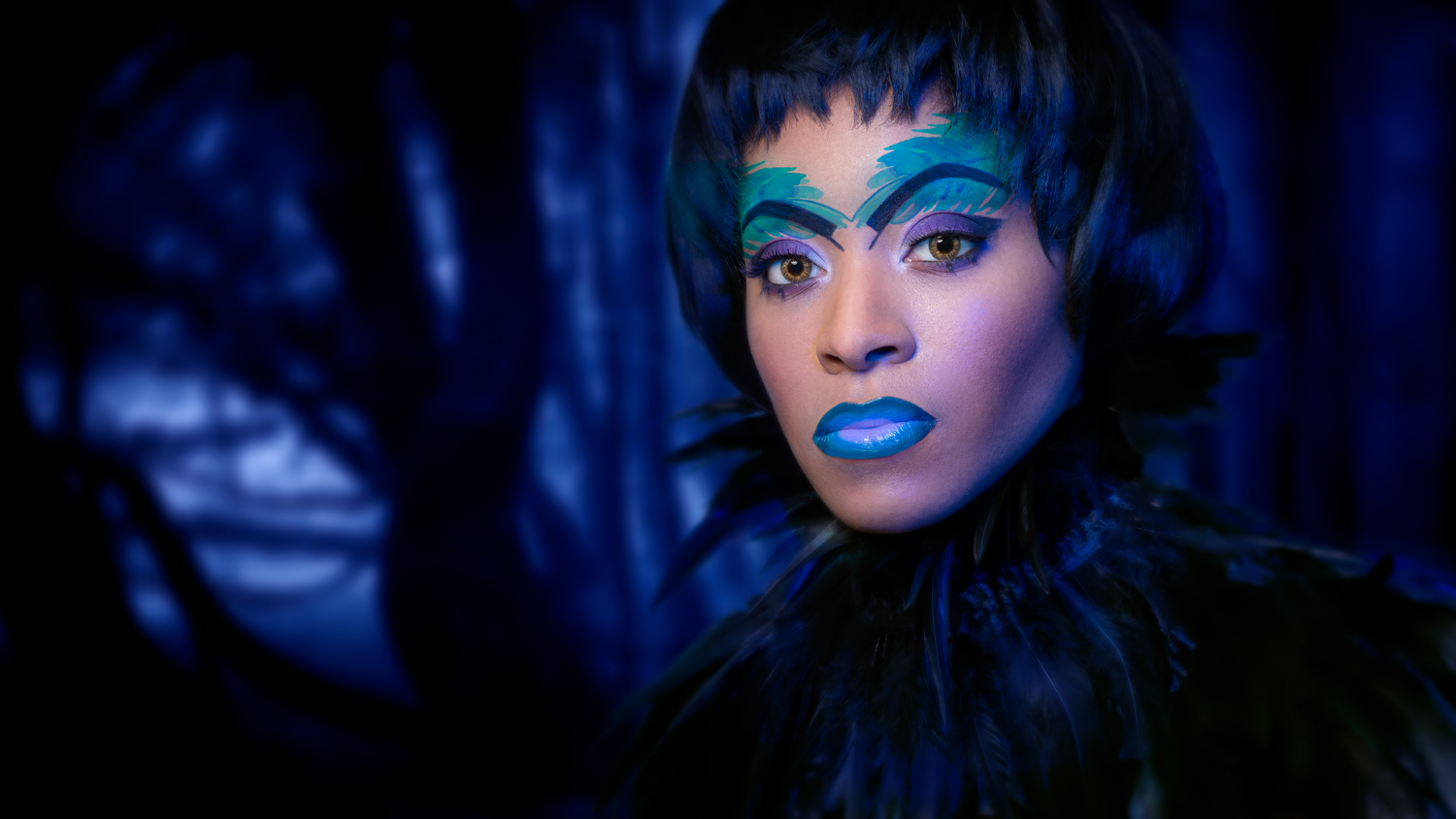
Your YouTube channel is, above all, about Photography. And let us use this opportunity here to recommend everyone to visit it and subscribe because it has a lot of valuable information. But sadly, most of us from the Olympus user community didn’t know about your channel before and only found it after you published your “Goodbye Nikon!” video. After 42 years of using Nikon, changing the camera system is not just a decision, it’s “THE” decision! Because it’s an option that changes all your routines, deeply rooted habits, a whole system of menus and shortcuts in the camera, everything new. And it takes time to get used to it again. And for a professional, time is money. Have you ever regretted this switch? And with the launch of Nikon’s mirrorless full-frame system, have you ever thought about going back?
It was “THE” decision! It took me nearly a year and a half of research and renting an Olympus OM-D E-M1 Mark II a few times. It was a huge change that did struggle with because of my professional obligations. It would have been easier to stick with the full frame system, but I was miserable with the Nikons. The gear was big, and heavy and ridiculously expensive, not to mention all of the additional time I was spending retouching such large files.
Regrets? Only that I didn’t do it sooner. I love the Olympus system. I always have an Olympus camera with me whether it is my TG6, EPL-9 or either of the E-M1 Mark II or E-M1X. No more using my iPhone because I don’t feel like taking my heavy camera gear with me.
I definitely haven’t considered moving back to Nikon for their full frame mirrorless. Full disclosure – a year after becoming an Olympus shooter, I was honored to become an Olympus Visionary and I have a rather large version of the company’s logo on my right forearm – so that would be hard to explain if I switched back. ☺ But seriously I am glad to see Nikon has finally released a mirrorless system, but I would have been furious if I still had all my Nikon glass and could only use it with an adaptor. Not to mention that I really don’t like the ergonomics of Nikons mirrorless offerings and that is a very important feature requirement for any camera that I use.
BTW… Thank you for the very kind words regarding my YouTube Channel!
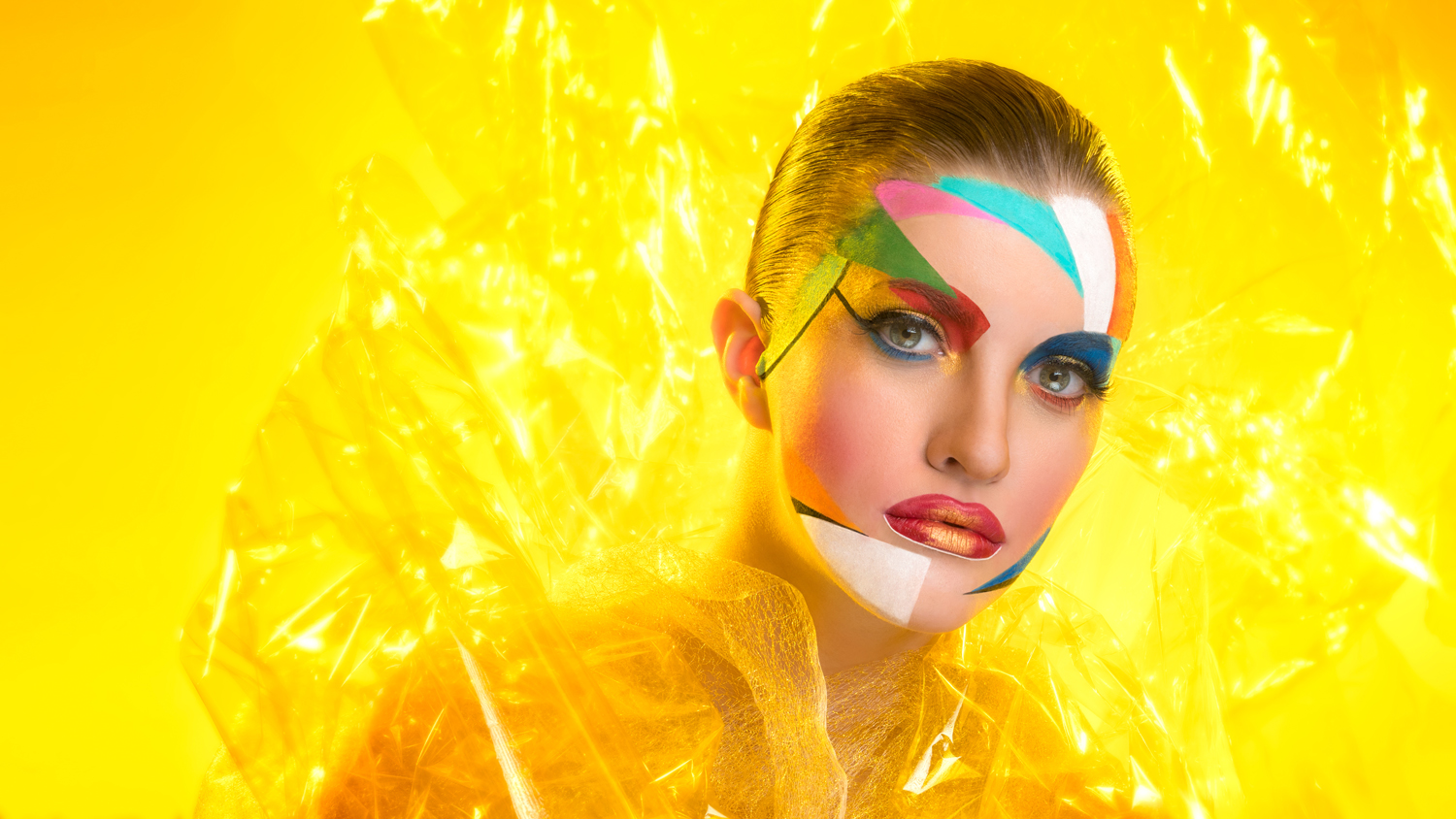
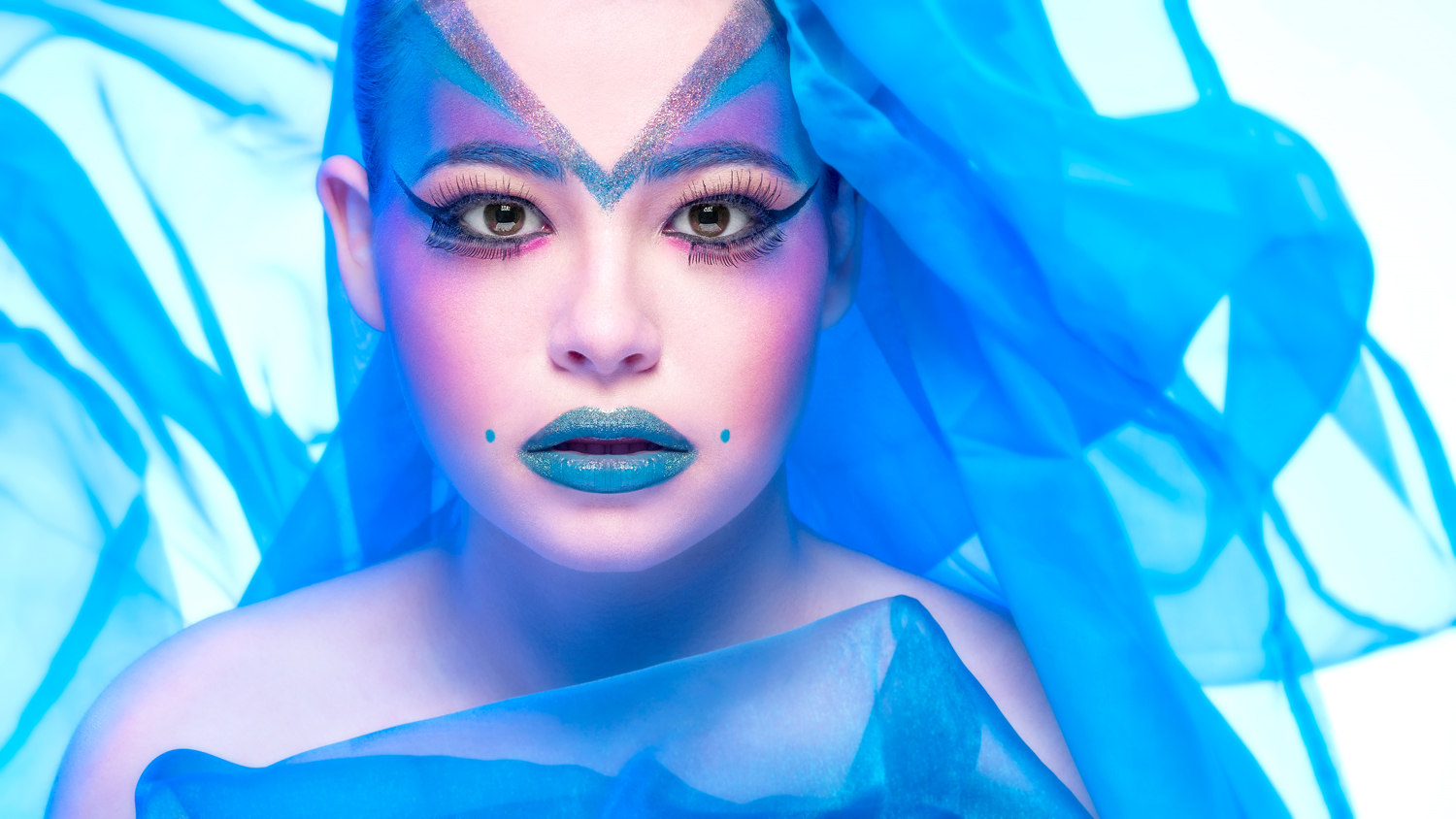
When Panasonic released the S1 and S1R a lot of people were angry with Olympus for not having joined, also taking that step. After the video from a well-known YouTube channel, do you think a lot of people really believed that the Micro Four-Thirds system was dead? Because, you know, in Photography is just like in sports, nobody likes to cheer for the team that loses, right?
I was really confused by the people who were upset because Olympus didn’t enter the full-frame rat race and as far as the proclamation that micro four thirds is dead… well, let’s just say I am torn between two responses. 1. Fake News! or 2. Click Bait! I can’t speak for the YouTube Channel that made that statement, but it certainly did seem like they simply seized on the complaining to get a bunch of views. There are still people who think the earth is flat, so I am sure that some people believed the video.
I would have been dumbfounded if Olympus had entered the full-frame race and honestly very disappointed. I switched to Olympus for its smaller size and the mobility that provides. I switched for the incredible ergonomics and design, not to mention the amazing M.Zuiko glass and unrivaled feature sets in each camera. A full frame Olympus would have required a new lens system and much bigger and heavier bodies. I applaud Olympus for staying the course and remaining committed to micro four thirds and the E-M1X is proof that continued development and innovation is possible with the micro four thirds format.
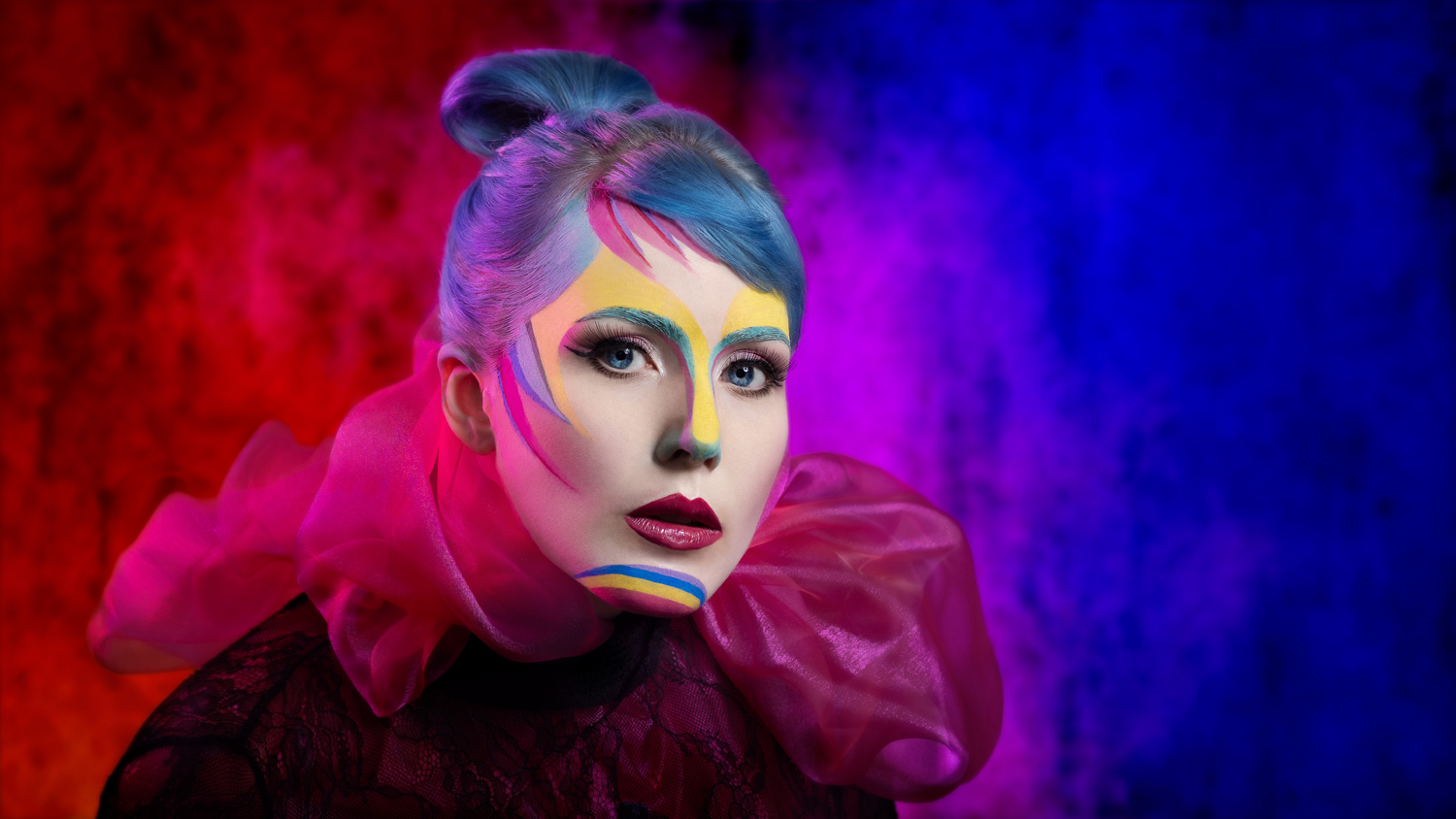
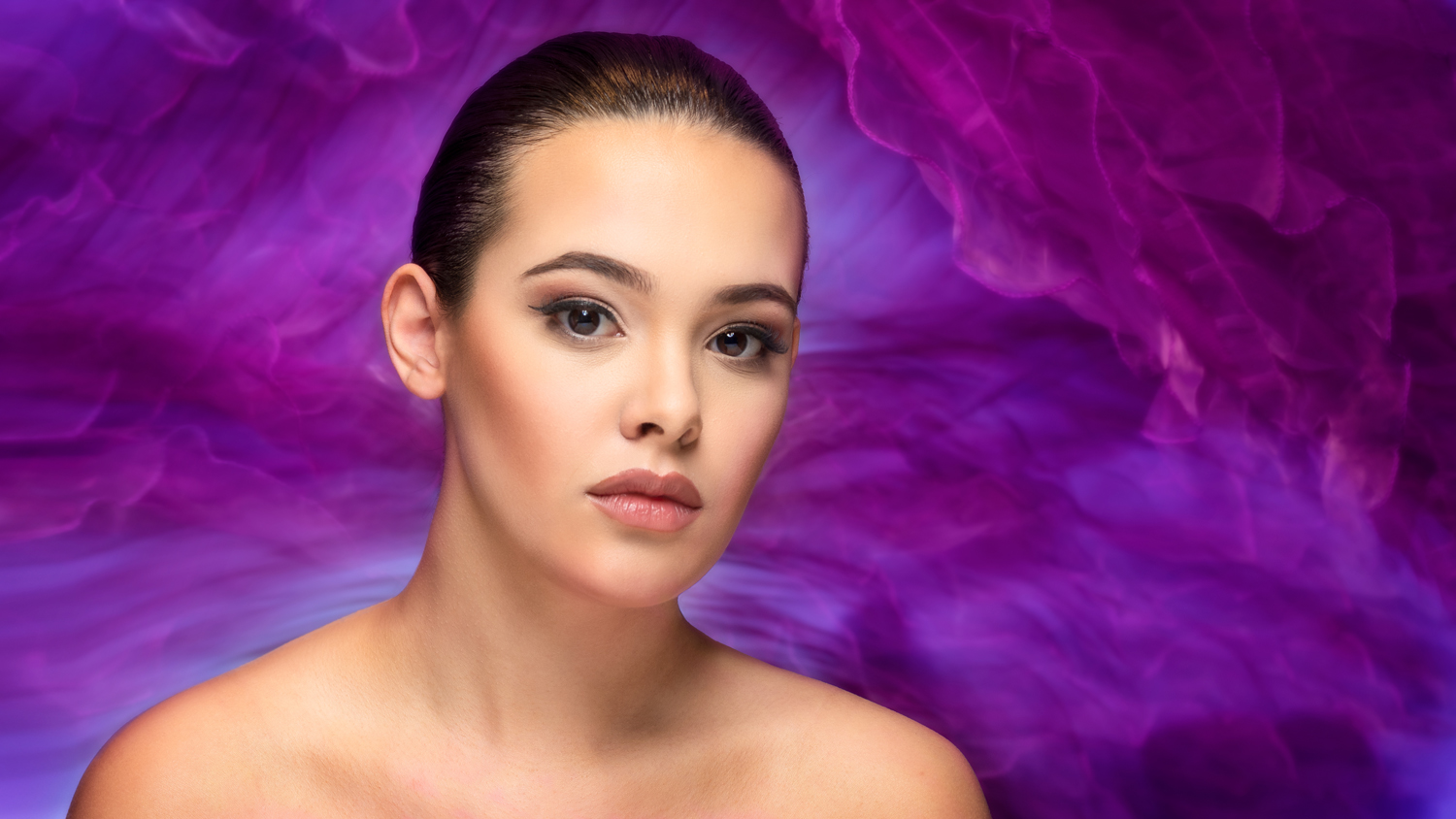
The truth about the M43 vs APC vs Full-frame debate is that a lot of people are looking for a full-frame system for the wrong reasons. Not because they need to shoot in poor light conditions, not because they need the extra dynamic range, not because a client requires certain resolution value in their images, but for two reasons only: status and bokeh. As for the status, it’s not even worth talking about, because it’s ridiculous being defined by the camera that you use, rather than your actual work. As for the so-called “bokeh”, this is mainly the fault of social networks, especially Instagram, for valuing those portraits with a razor-thin depth of field. This has nothing to do with the talent of the photographer, it is only due to his financial capacity to acquire equipment capable of doing so. Do you think that more and more people are looking for full-frame because of laziness? In other words, from the immensely different ways of isolating a subject, either by an adequate choice of lighting, wardrobe, background (or the conjugation of all that), they prefer to follow the easier shortcut, which is to shoot wide-open against any random background?
How do you really feel? Be careful with that attitude! Do you have any idea how many photography groups on Facebook would ban you for those sentiments? I actually don’t think that many people are looking for full frame because of laziness. If we listen to the people you describe, they are uneducated. The human race has historically looked for and developed shortcuts to most challenging workloads but that doesn’t necessarily make them lazy. I completely agree with you that thinking bokeh is the same as depth of field or not paying attention to backgrounds and just shooting at F1.2 to make them blurry is not a solution that will create great work in a consistent manner.
Look, I LOVE the fact that photography is so accessible today and, in many ways, easier than it ever has been. I think that this point in history is an incredibly exciting time to be involved with photography – however I agree with you that in order to create consistently good images you have to learn the basics that create a solid foundation and skill set. Without that, you will not be able to achieve consistently good results.

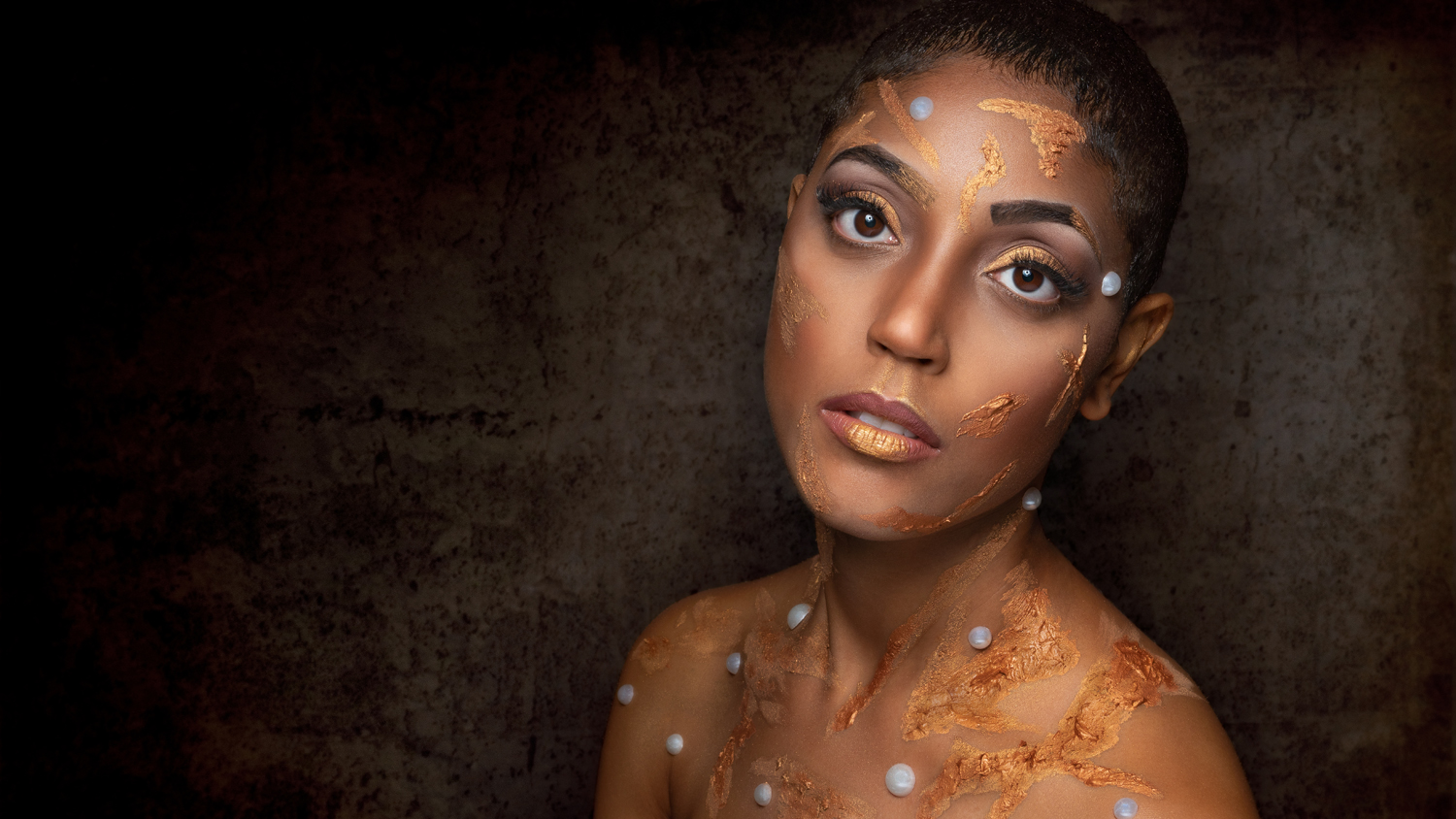
Going back to your YouTube channel, your followers know that you are quite assertive in the language you use, not afraid to openly state your convictions and defend them when necessary. Has that ever caused you any trouble? Do you receive a lot of hate mail?
Indeed, I don’t have a lot of filters (for my mouth – I have plenty for my lenses) and I am passionate about photography and the industry. That does put me in a position sometimes where my presentation can be received differently than I intended it. I believe that I have been fortunate in that people do at least recognize my passion and they recognize that I am sincerely trying to help and make a difference. Even with my assertiveness, I try very hard to be respectful and to present both sides of an argument.
The simple act of posting a YouTube video – regardless of the tone or content is unfortunately an invitation for some people to be rude and to find yourself the recipient of some of the worst vitriol that the human race has to offer. You have to be willing to ignore the “trolls”.
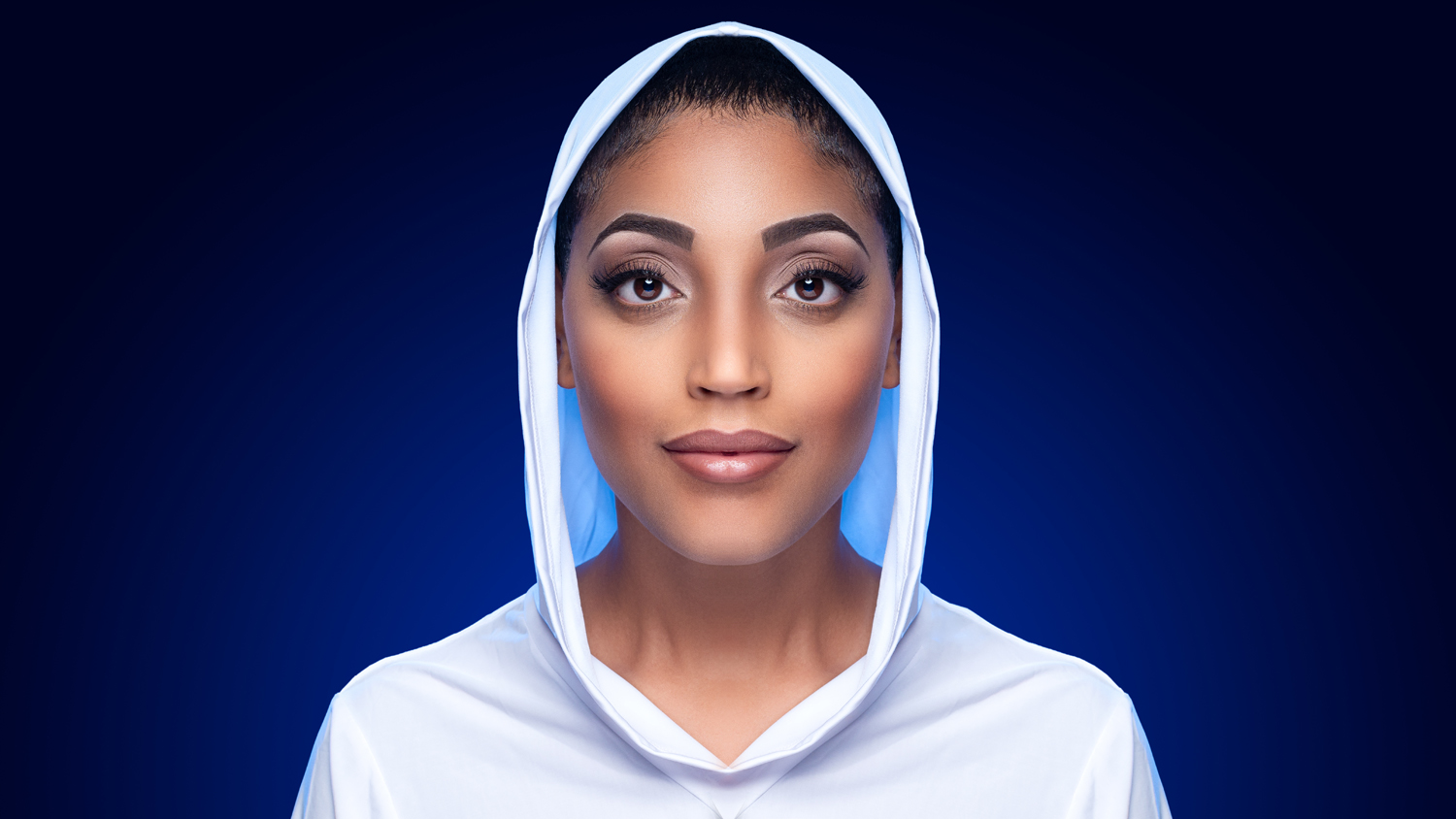
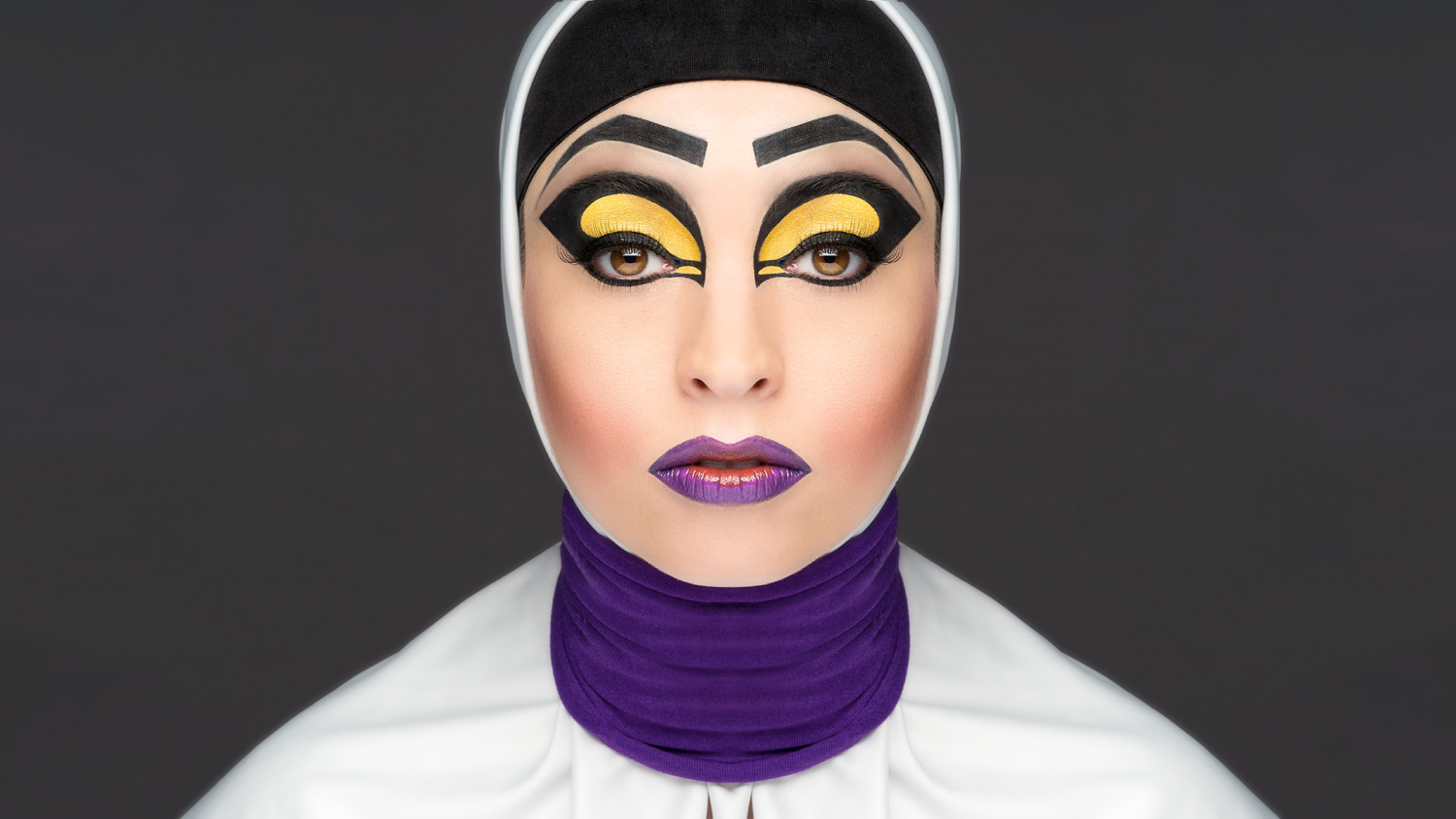
From all the communication channels and social networks currently available, what is your favorite to convey your ideas and experiences, and which of them most easily allows you to get feedback from your audience and interact with them?
Do I have to pick just one? I put the majority of my efforts into and see the biggest return from Instagram, Facebook and of course YouTube. If we have to narrow it down to one, I would have to go with Facebook because people tend to interact more.
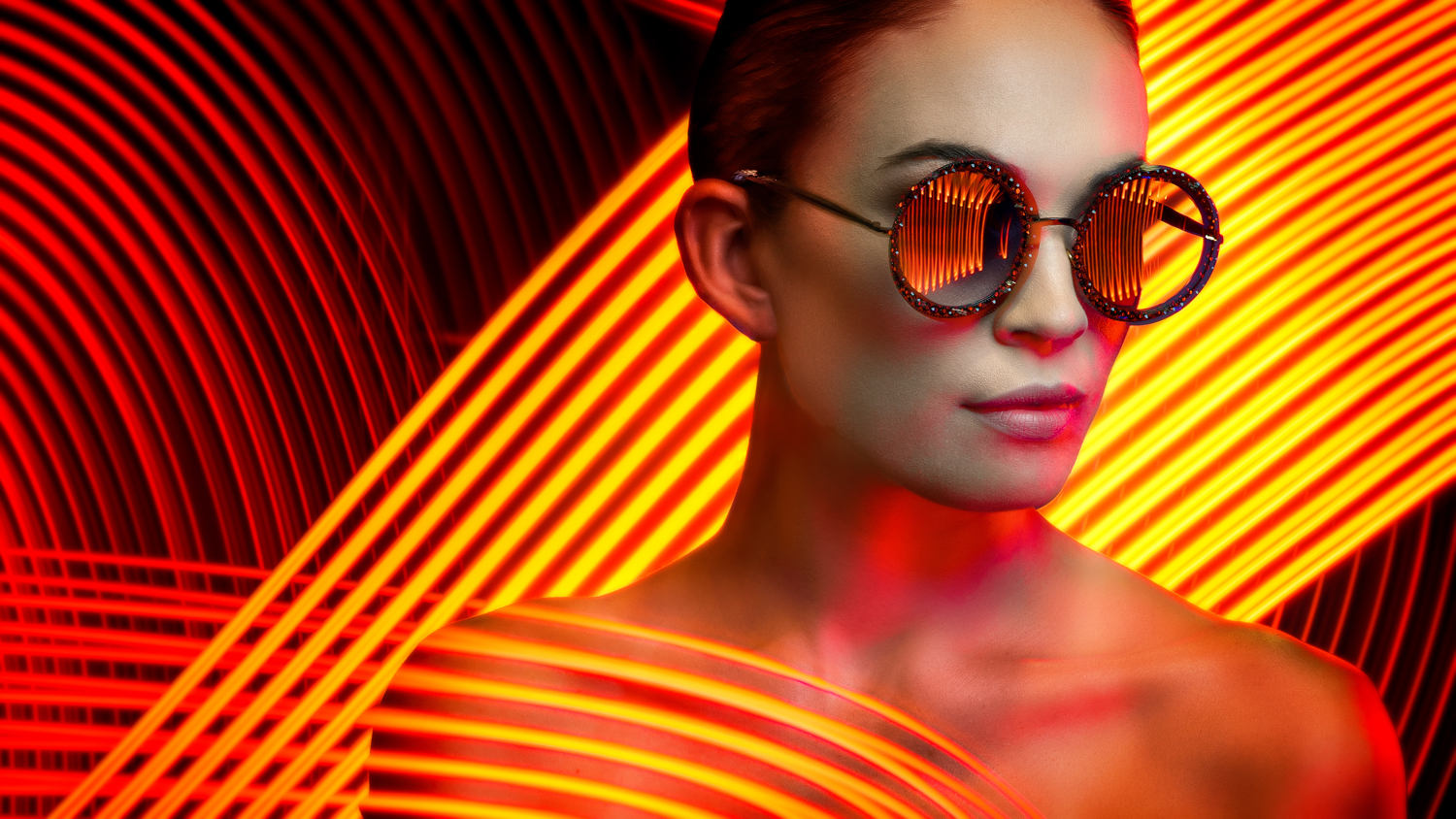
Without wanting to diminish the value of formal education or the decision of all the people who took that option, do you believe that nowadays, with all the means available online, with practice, a lot of time and persistence, it’s possible for someone to seriously learn Photography and even become a professional?
This question has come up a lot lately on my weekly TOGCHAT Live show. There is a lot to unpack here to give a balanced answer. Let me begin my answer with full disclosure – I do NOT have a formal education in photography and honestly, I am glad that I don’t.
There are a few important points to be made.
- I find a lot of people asking this question because of a misconception that if they go to school for photography, they will automatically be better equipped to get more clients and be able to charge more for their services. Let me be just state that I have never had a potential client ask me if I went to school for photography. They evaluated my work and me personally.
- A school can only give you the opportunity to learn. Going to school does not guarantee that you will be a good photographer. Sitting in a classroom does not make you a photographer, just like buying a good camera and watching YouTube doesn’t make you a good photographer. You have to pick up that camera and fail thousands of times in order to learn how to solve problems and build your skill set. Learning requires hard work and you must be willing to put in the hard work.
- Schools also have a hard time keeping up with the latest technology because of the costs involved and the fact that their teachers aren’t out in the field shooting and learning themselves. They are teaching what they learned in school and unfortunately many are not keeping up with the latest advancements in the field. If we are talking about college professors, they likely have MFA (Master of Fine Arts) degrees which means that little to none of their educational experience is relevant to the business of photography. Once they are tenured, they are often not incentivized or required to keep up with the latest technology.
- Schools teach RULES! Rules are creativity killers. The best ideas come from unchecked concepts that are not bound by rules. I hear some people teach that “It is best to learn the rules so that you know how to break them.” That is ridiculous! Once you know the rule – it’s too late – you are fighting that knowledge every time you try to create. Why make the task harder? Rules were developed by artists who lacked creativity. It was a way of trying to make their work look as good as the truly creative. They applied statistics based on the habits of the most creative artists. In other words, they copied.
- The overwhelming majority of photography programs, especially in colleges and universities don’t include classes on business and marketing for photographers. You can have all the talent in the world but if you don’t learn how to run a business and market yourself you will ultimately fail.
So, I sincerely believe that it is every bit as possible to be successful by NOT going to school as it is if you do go to school. Either way, you have to put in the hard work to gain real world experience and actually experience what you have learned. Either way, you have to learn how to run a business and market yourself. For a professional photographer who seeks to pay their bills with a camera…. Taking pictures is what you get to do if you run a business properly.
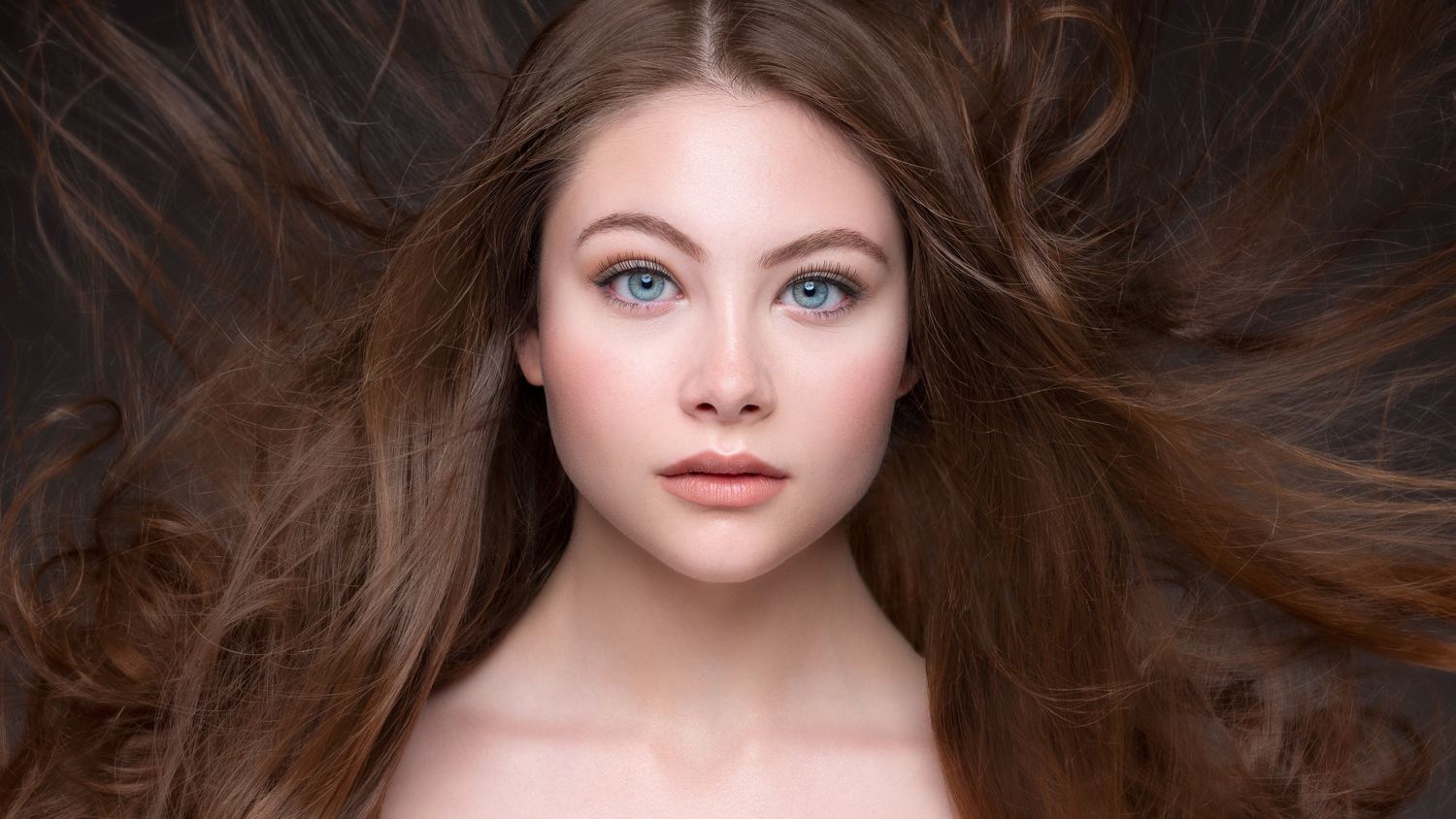
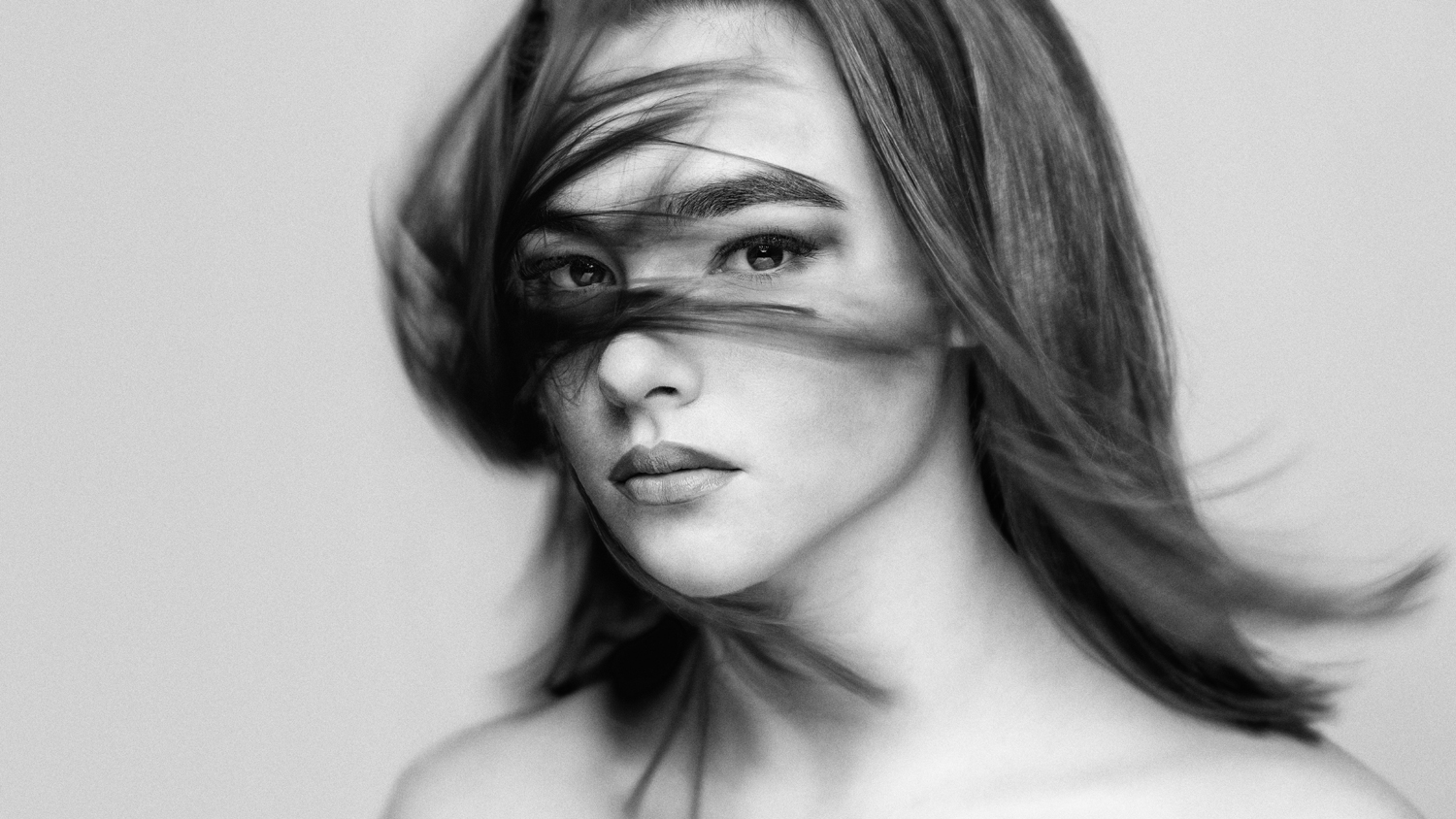
We’re sure you’re asked all the time what camera to get! From all the workshops and lectures you give; do you get the idea that people put too much credit of good photography on the equipment?
Oh my gosh yes! It’s almost like they have been influenced by those non-photographers who compliment your work and say that you must have a really good camera!
Let’s be real for a minute… even though I am an Olympus Visionary, I honestly believe that it is impossible to purchase a bad camera made by any of the major manufacturers today. There are however LOTS of people who are bad at using these cameras and who struggle to make great photographs. It’s not the camera.
The camera is a tool. The lenses are an even more important tool. So too are the lights and the tripods and the modifiers and pretty much any piece of gear that you can think of. You need to ask yourself if the camera meets YOUR needs. Don’t base your decisions on what some guy or girl on YouTube says. What do they know about you and what you want to shoot and how you want to shoot it and the gear that you are going to pair that camera with? Certainly, use YouTube to do research but then form your own opinions based on real experience. Either rent the camera or visit a camera store and try one out. Touch it, hold it, shoot with it, use it at high ISO – whatever your concerns are, test them. Then purchase the camera that checks off all the boxes and meets all of your needs. That is the best camera.

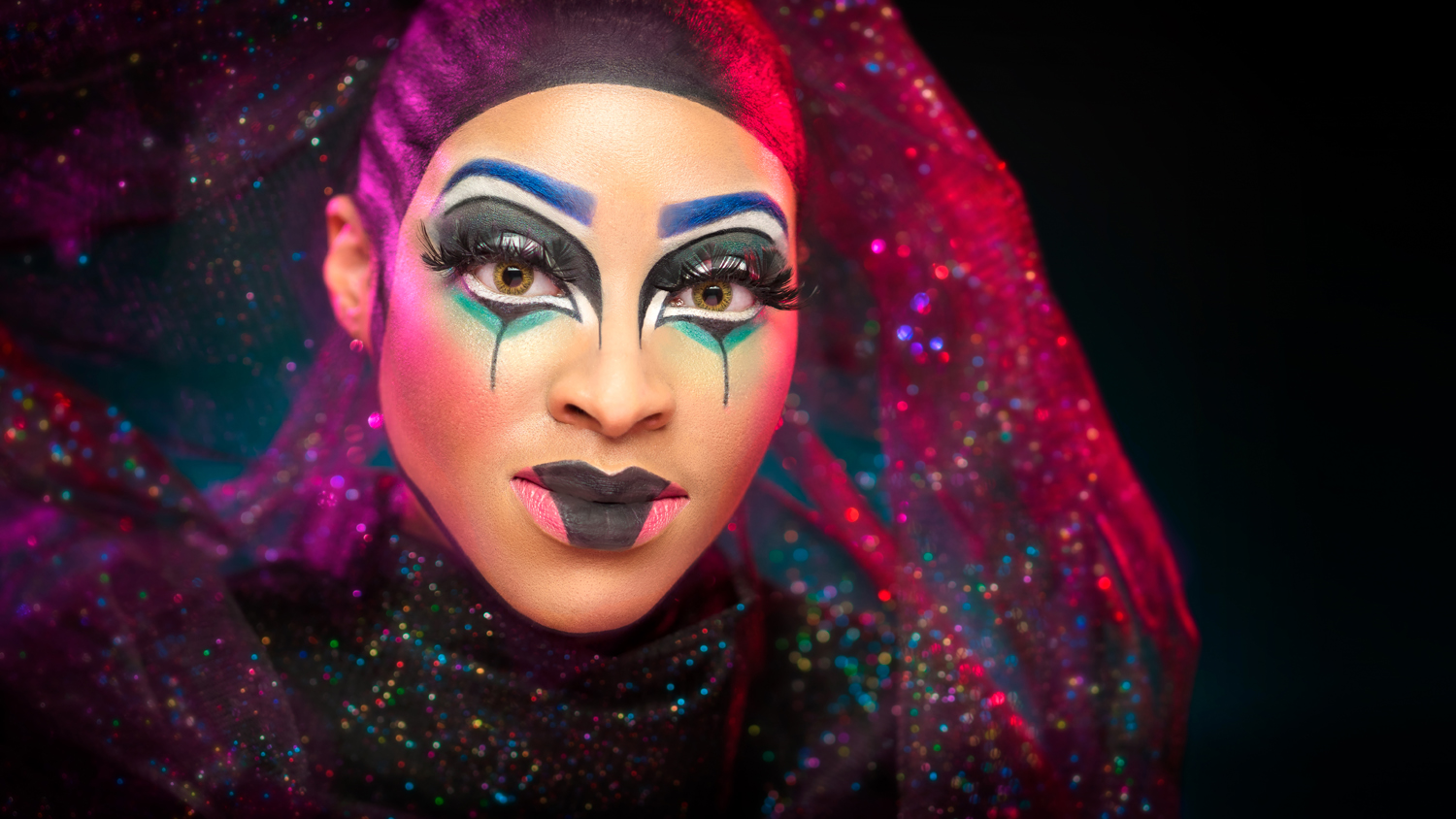
Doing a retrospective and with the experience in Olympus that you have today, what is for you the feature of Olympus equipment that really made the difference in your workflow?
If we are focusing on workflow… hands down, it’s the smaller file size. The “bigger is better” logic meant that I was spending an incredible amount of time retouching details in my images that were not able to be seen except for when the image was blown up on a computer screen (Pixel Peeping). Working with micro four thirds has cut down my retouching time on images by almost 40 percent without sacrificing image quality.
If you have any doubts – I currently have an image shot with my OM- E-M1 Mark II and the M.Zuiko 45mm F1.2 PRO lens on a 48-foot-wide by 14-foot tall billboard and it is tack sharp with NO NOISE!

If you could go back thirty years ago, like Marty McFly *, what advice would you give to yourself? And it doesn’t have to be related to Photography.
* For our younger readers who are asking right now who the hell is Marty McFly, Google it! 🙂
LOL – if it doesn’t have to be about photography – we would need another issue of the magazine just for my answer. There are so many life lessons learned,
If I stick with photography, my answer is very simple. My advice would be to have more FUN and do more personal projects.
Don’t get me wrong, I feel blessed to have been involved with photography since the age of 11 and I honestly don’t feel like I have ever had a job. Even though I frequently work all or part of seven days a week – I love what I do and wouldn’t trade it for the world. However, about 10 years ago I had lunch with one of my early mentors whom I had not seen in years. He asked me how I was doing, and I spent the next 15 minutes trying to impress him by listing many of the great assignments and experiences that I’ve had. He listened intently until I was done and then paused and said, “Congratulations, I am impressed by all that you have accomplished and that you are still doing, but what are you shooting for fun?”

The question caught me by surprise as I realized that I didn’t have a great answer. I thought I was having fun because I love my work, but as my mentor slipped back into his role as my teacher, he reminded me that if I wanted to continue to grow as a photographer and find new and creative ideas – I would need to find personal projects to shoot – for fun.
That would be my hope for all who read this. Have FUN! Photography is not a competition – it is a passion to be shared. Go and pick up your camera and shoot and remember that failure is OK. Take the time and put in the effort to learn from the failures because your BEST shot is your NEXT shot!
Thank you for this opportunity and Adios!
Joe Edelman
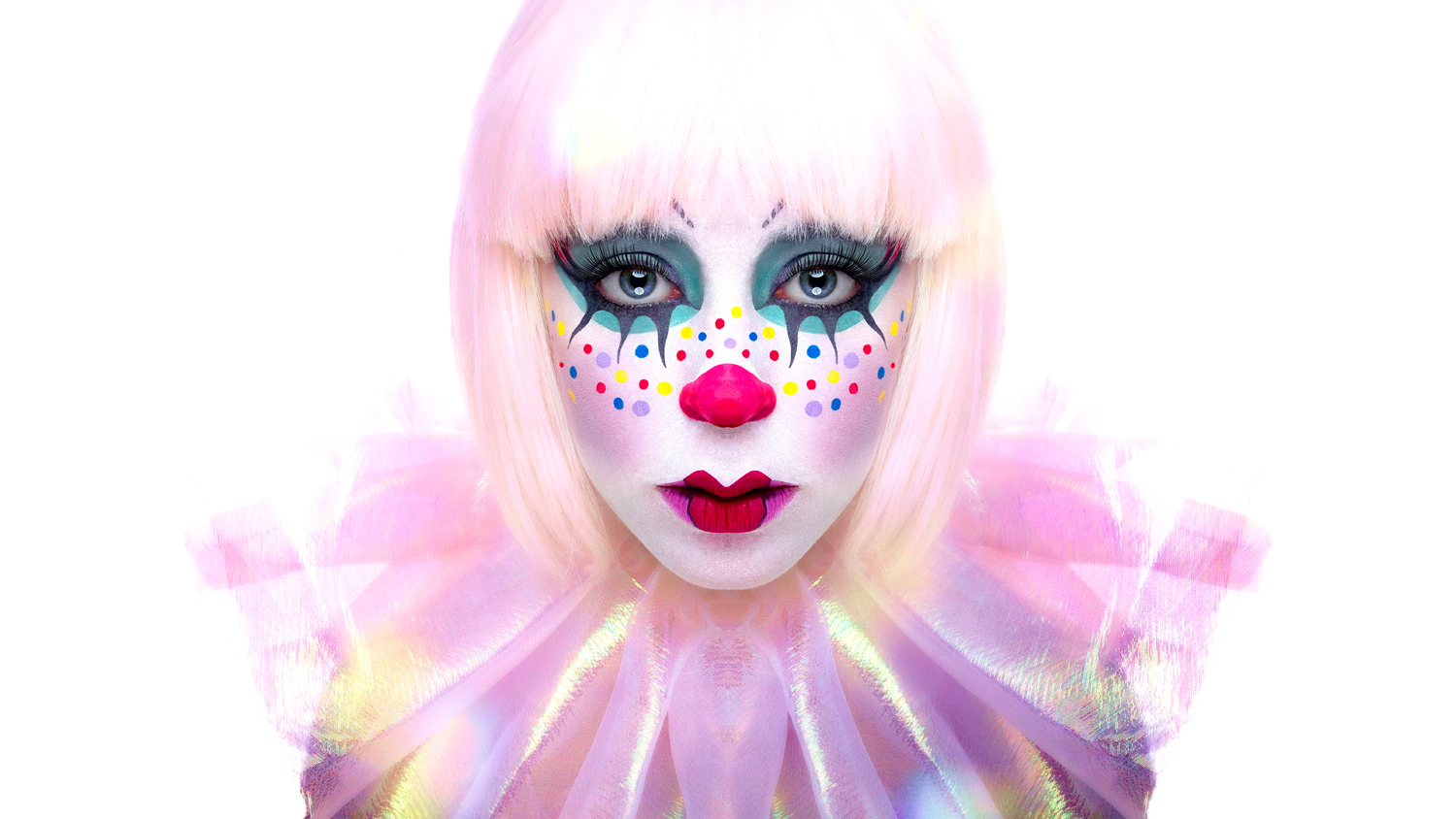
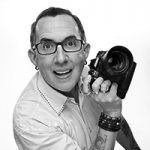
Joe Edelman is an Olympus Visionary and award-winning photographer and educator and YES – that crazy PHOTO Joe Edelman on YouTube!
His primary subject: Beautiful people!
His educational mission: To help photographers to develop a solid understanding of the HOWS and WHYS behind creating great photographs.
His work is featured frequently on well-known photography blogs including Fstoppers, DIYPhotography, PetaPixel, Lifehacker, ISO1200, Shutterbug and LensVid among others. His primary subject – beautiful people!
His photographs have been published internationally in magazines like Maxim, Cosmopolitan, Get Fit, Shape and Good Light Magazine to name a few. He has been called upon to complete assignments for both the New York Times and The Los Angeles Times and has serviced commercial advertising clients from all over the United States.
Joe has earned a reputation as a lively and popular instructor and lecturer at camera clubs, photography conferences and photography workshops across the United States. He has been a speaker at events like WPPI, PhotoPlus, ImagingUSA, Shutterfest, Out of Chicago, Carolina Photo Expo, FCCC, SWMCCC and numerous others. He has also served as an adjunct professor teaching about Creativity and Photography at Muhlenberg College in Allentown, PA and Northampton County Community College in Monroe, PA.
Along with his incredible wife and two four legged kids, Joe is based in Allentown, Pennsylvania.


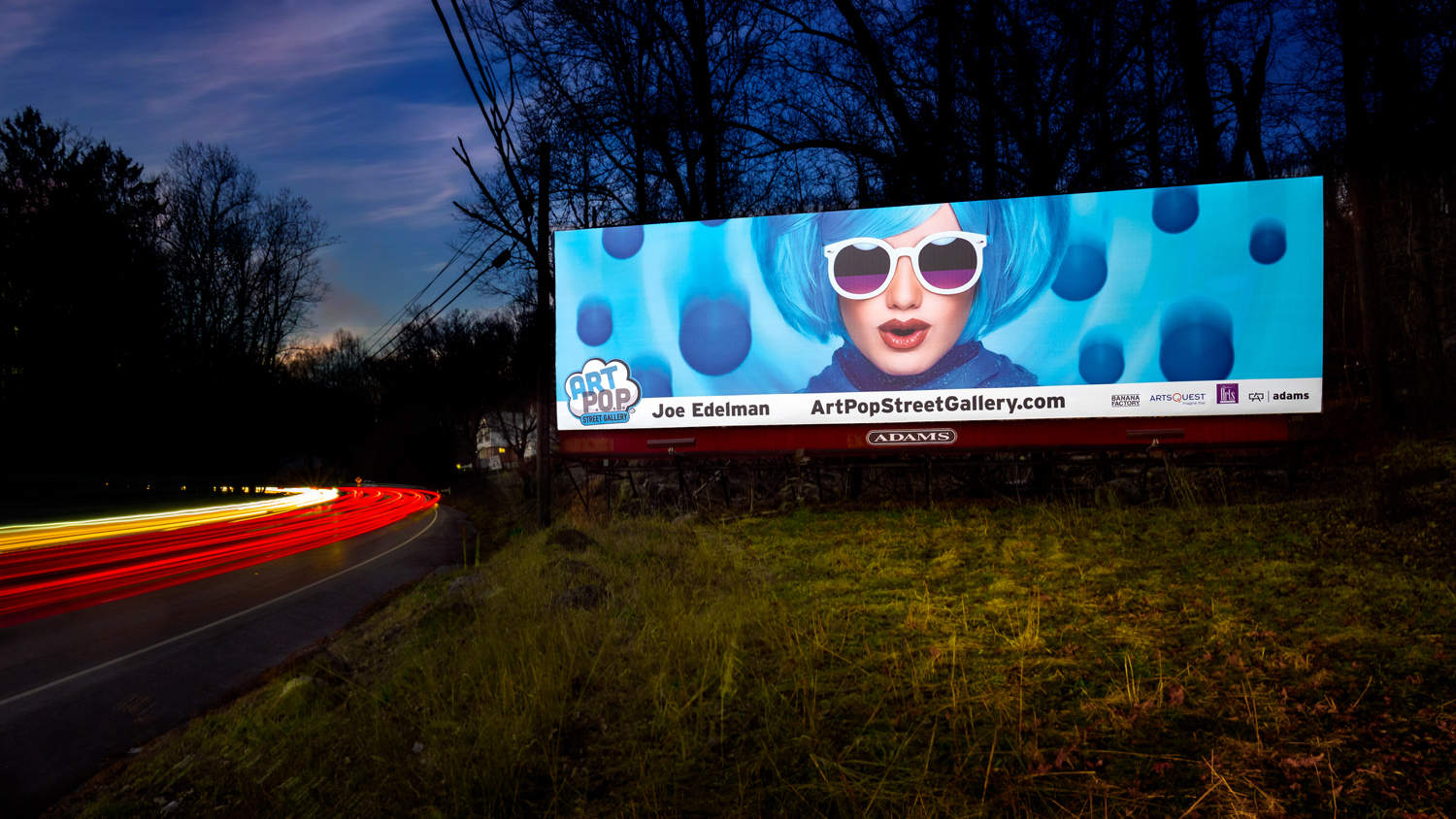



Jan Steinman
April 20, 2020 @ 16:07
Thanks, Joe! Especially for permission to “have fun.” People shoot for money, for “likes,” for competition, but not many seem to shoot just for the joy of it.
bccarver
April 20, 2020 @ 16:07
snipers are a precaution against idiots, and was a rumour. The tyee promotes violence and it`s moronic commenters encourage it. You`re another draft dodging amerikkkan, . Seems the tyee is full of DDs trying to make Canada a socialist cesspool.
Jan Steinman
April 20, 2020 @ 16:07
Uhm, the direct quote about snipers and “using violence” was from The Guardian, not The Tyee.
It’s a double shame that it took a British newspaper to let us know what the Canadian RCMP had planned.
bccarver
April 20, 2020 @ 16:07
the guardian lol that left wing tool of the NWO you tyee moro ns hate.
If they were there it was for insurance .. the stuff even you lefty draft dodgers have and use.
ann wheatley
April 20, 2020 @ 16:07
Appreciate the insights and the inspiring advice. Thanks Joe and OPM.